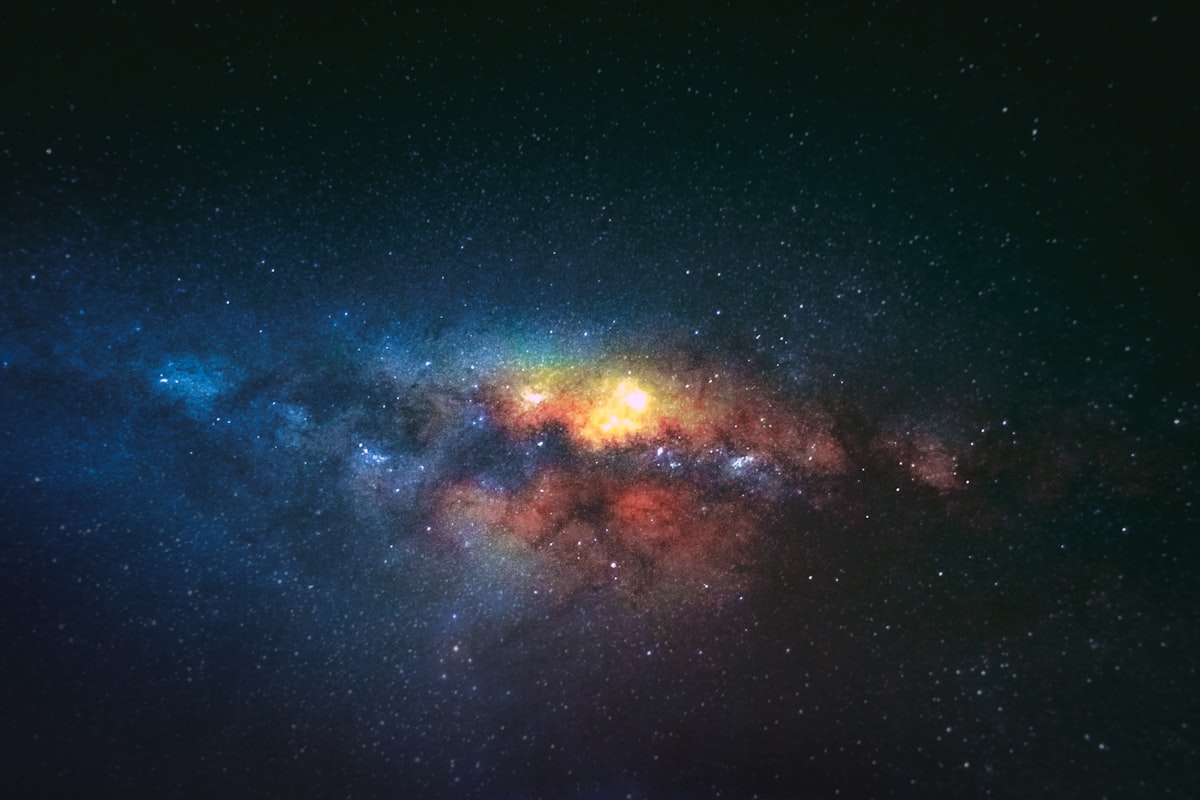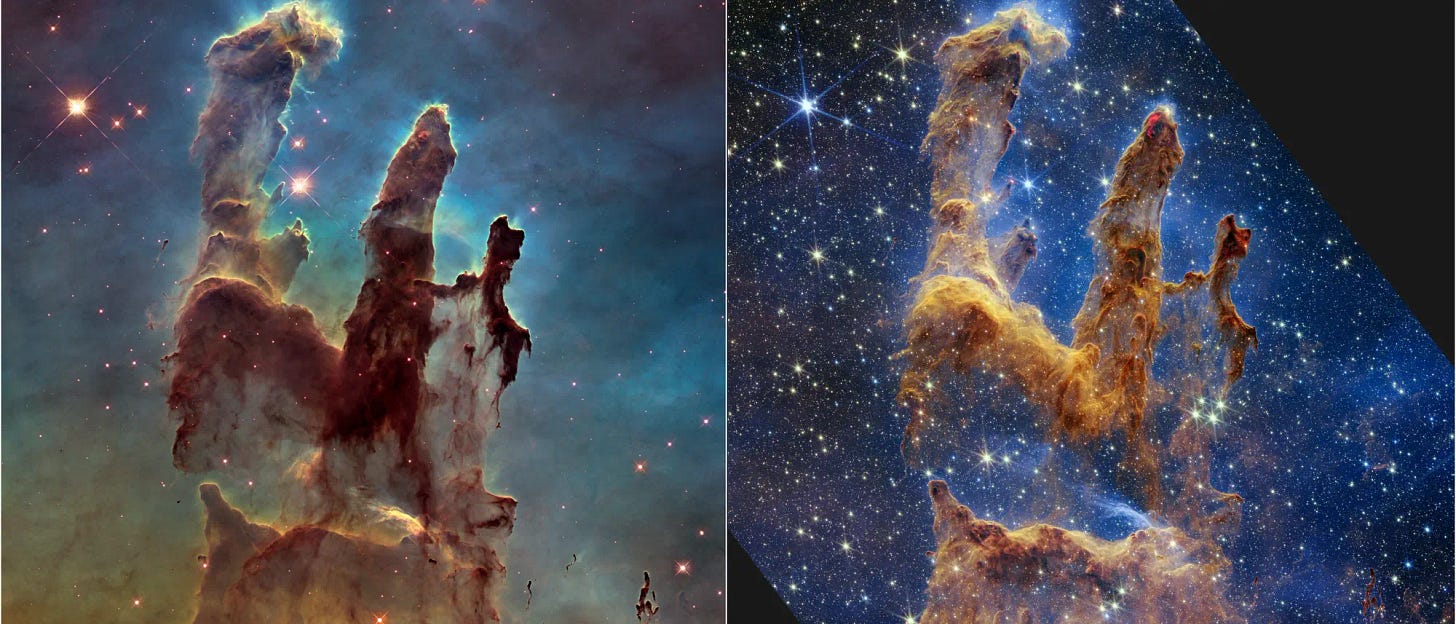A brief history of Astrophysics

Introduction
Astrophysics is the branch of physics that deals with studying the physical properties and behaviour of celestial objects and the universe as a whole. It combines the principles of physics and astronomy to understand the nature of the universe and the objects within it.
Astrophysics in the ancient times

The origins of astrophysics can be traced back to the ancient civilizations of Greece and China, where philosophers and astronomers made observations of the stars and planets and tried to understand their movements and patterns. In the 16th century, the Polish astronomer Nicolaus Copernicus proposed the theory that the Earth and other planets in our solar system revolve around the Sun, rather than the Earth being at the centre of the universe, as had been previously believed. This heliocentric model of the solar system was a major breakthrough in our understanding of the universe and marked the beginning of modern astrophysics.
Astrophysical Revolution
Over the next few centuries, advances in telescopes and other instruments allowed astronomers to make more precise observations of celestial objects, leading to the discovery of new planets, stars, and galaxies. In the 19th and 20th centuries, the development of theories such as the Big Bang, which proposed that the universe began as a singularity and had been expanding ever since, and the idea of relativity, which explained the relationship between space and time, revolutionized our understanding of the universe and led to the birth of modern astrophysics.
Today, astrophysics is a rapidly advancing field, with researchers using a variety of tools and techniques, including telescopes, satellites, and particle accelerators, to study the universe and its many mysteries. Astrophysicists work to understand the nature of black holes, the origins of the universe, and the search for extraterrestrial life, among other things. Those advancements have recently been pushed forward by the astonishing discoveries of the James Webb Space Telescope which operates at low energetic wavelengths, such as deep infrared wavelengths, to find very distant objects such as stars and galaxies.

Conclusion
In conclusion, the history of astrophysics is a long and fascinating one, marked by important discoveries and groundbreaking theories that have shaped our understanding of the universe and the objects within it. As technology and our understanding of the universe continue to advance, the field of astrophysics will no doubt continue to make exciting new discoveries and contribute to our understanding of the cosmos.
If you have enjoyed this episode of THE SUNDAY NIGHT SKY and you don't want to miss out on any future episodes consider subscribing for FREE.
Thanks again and I'll see you soon.
xoxo
Victor 👋 :) (@observethecosmos)
🎥 Youtube Video
Beyond Polynomials, a deep dive into NEWTON's Method
✍️ Quote of the week
“We are stardust brought to life, then empowered by the universe to figure itself out—and we have only just begun.”
Neil deGrasse Tyson
🎟 Want to advertise on The Sunday Night Sky? → Send an E-Mail
Check out some of my social media pages to learn more about math, science and astronomy:
🎬:Youtube